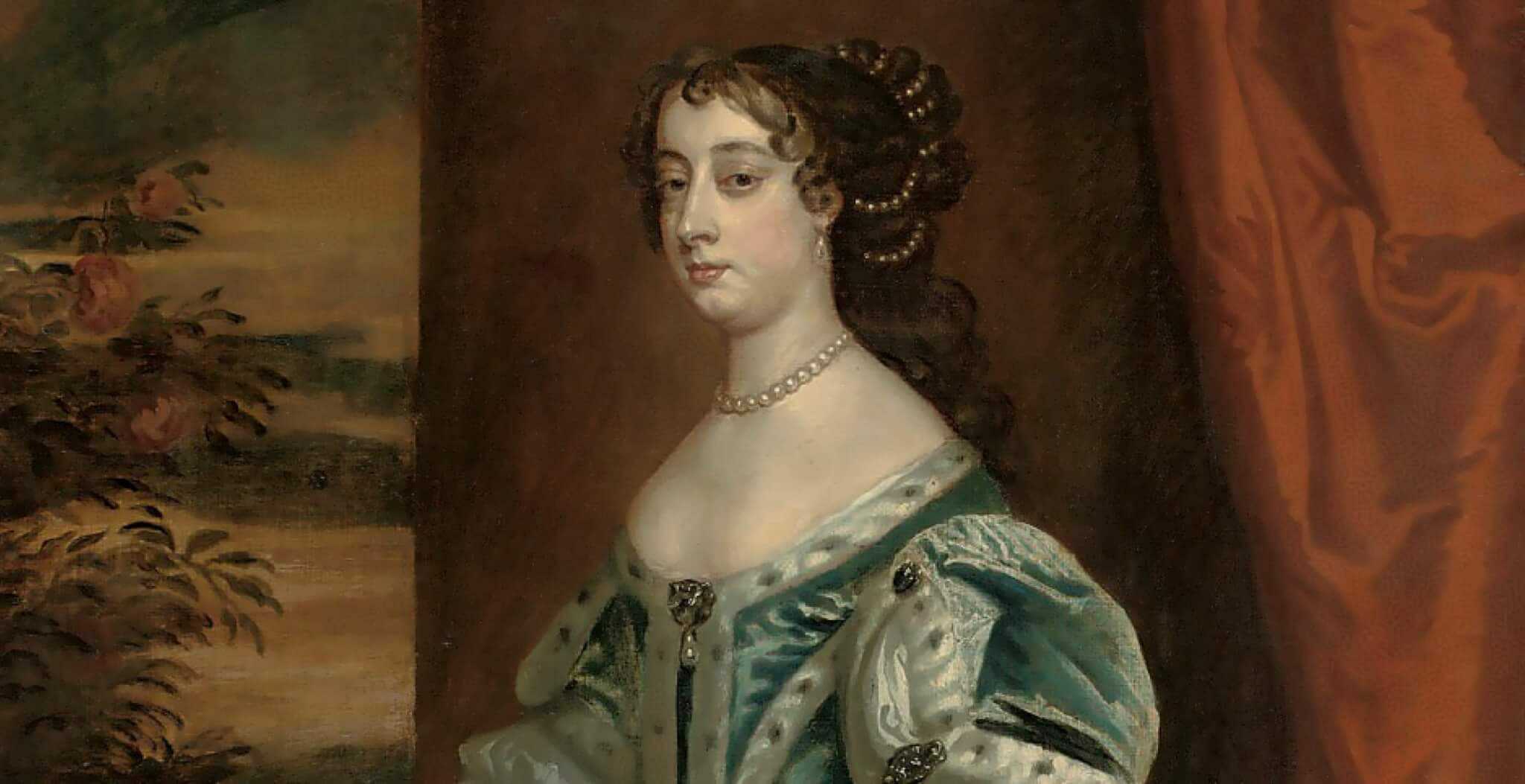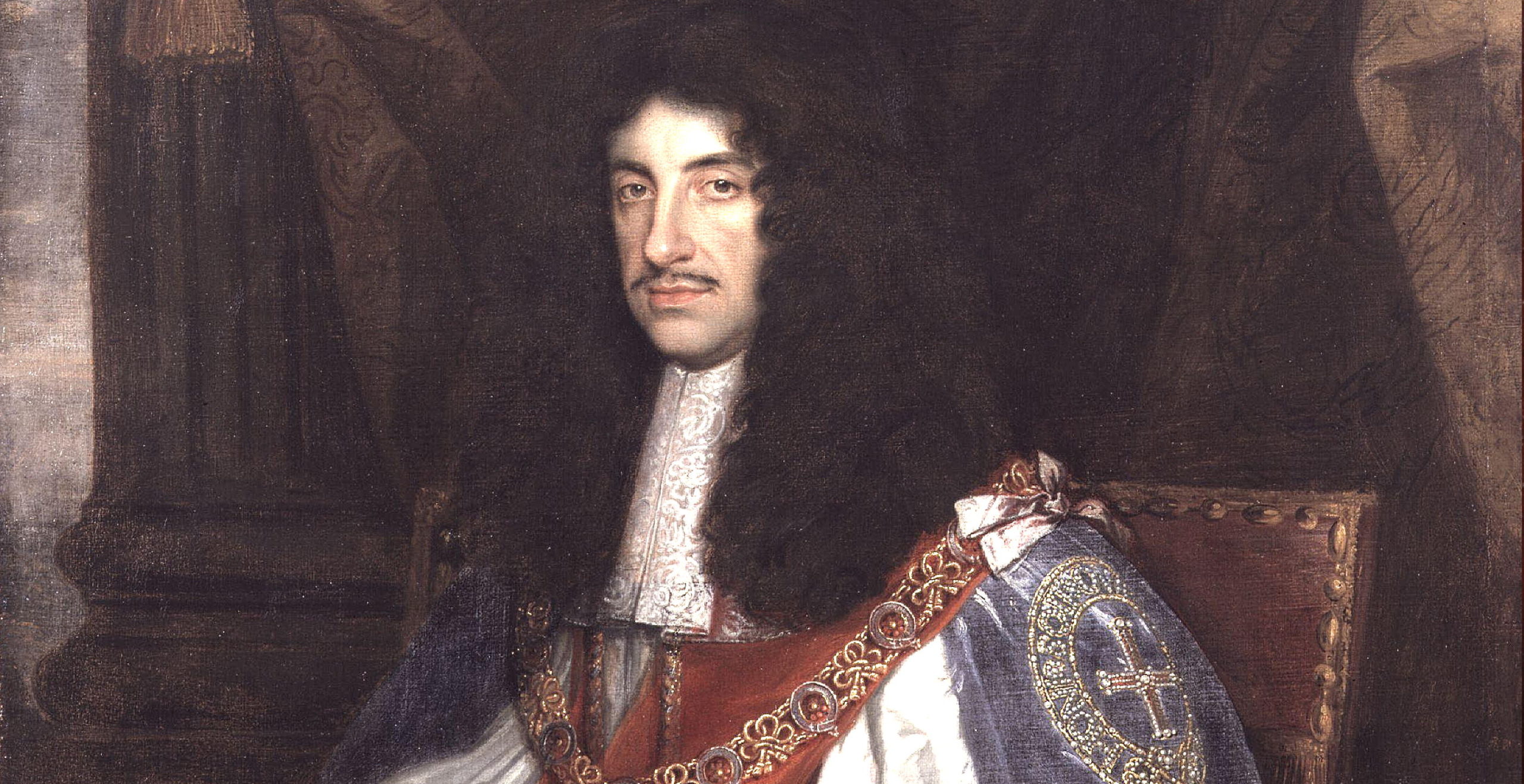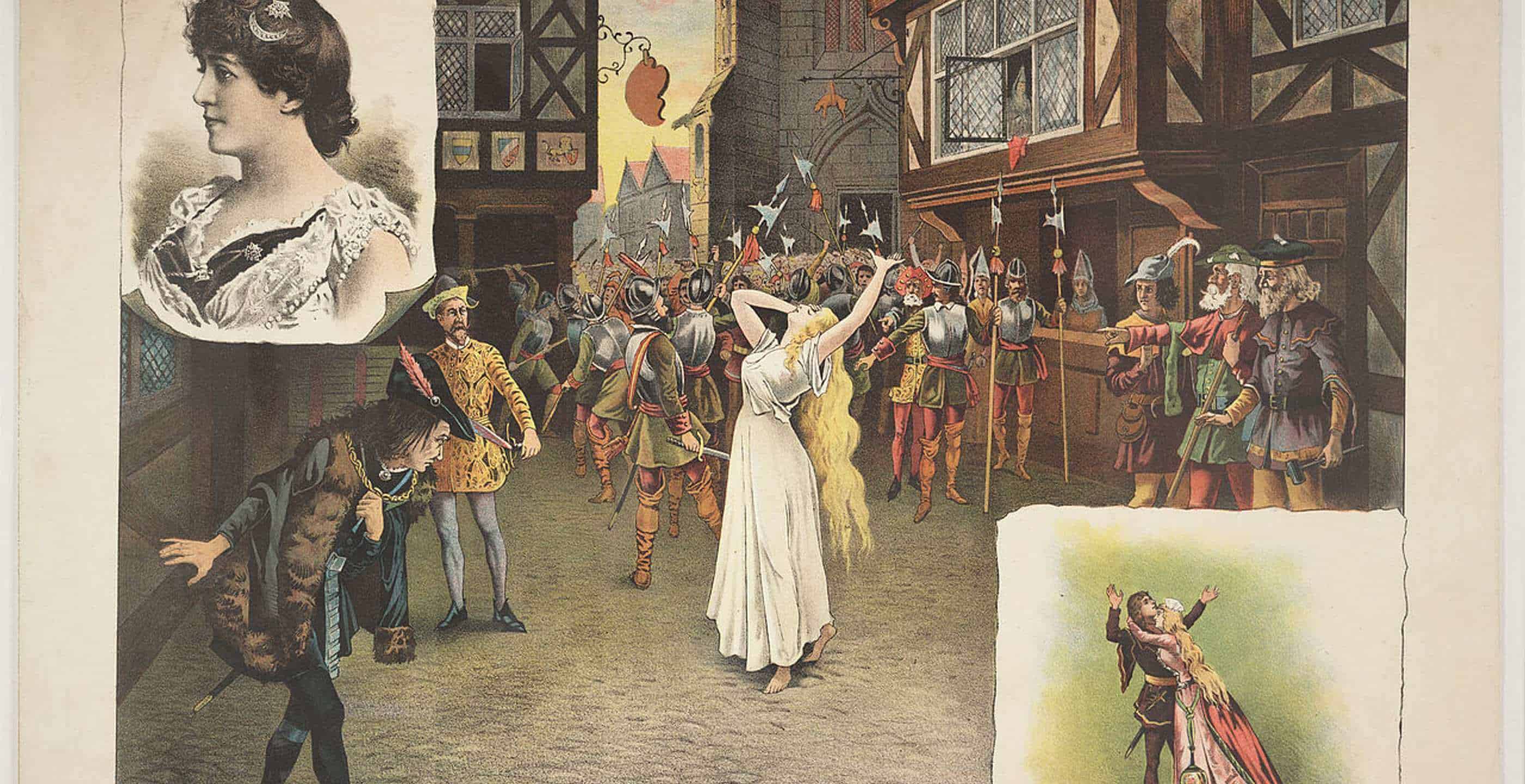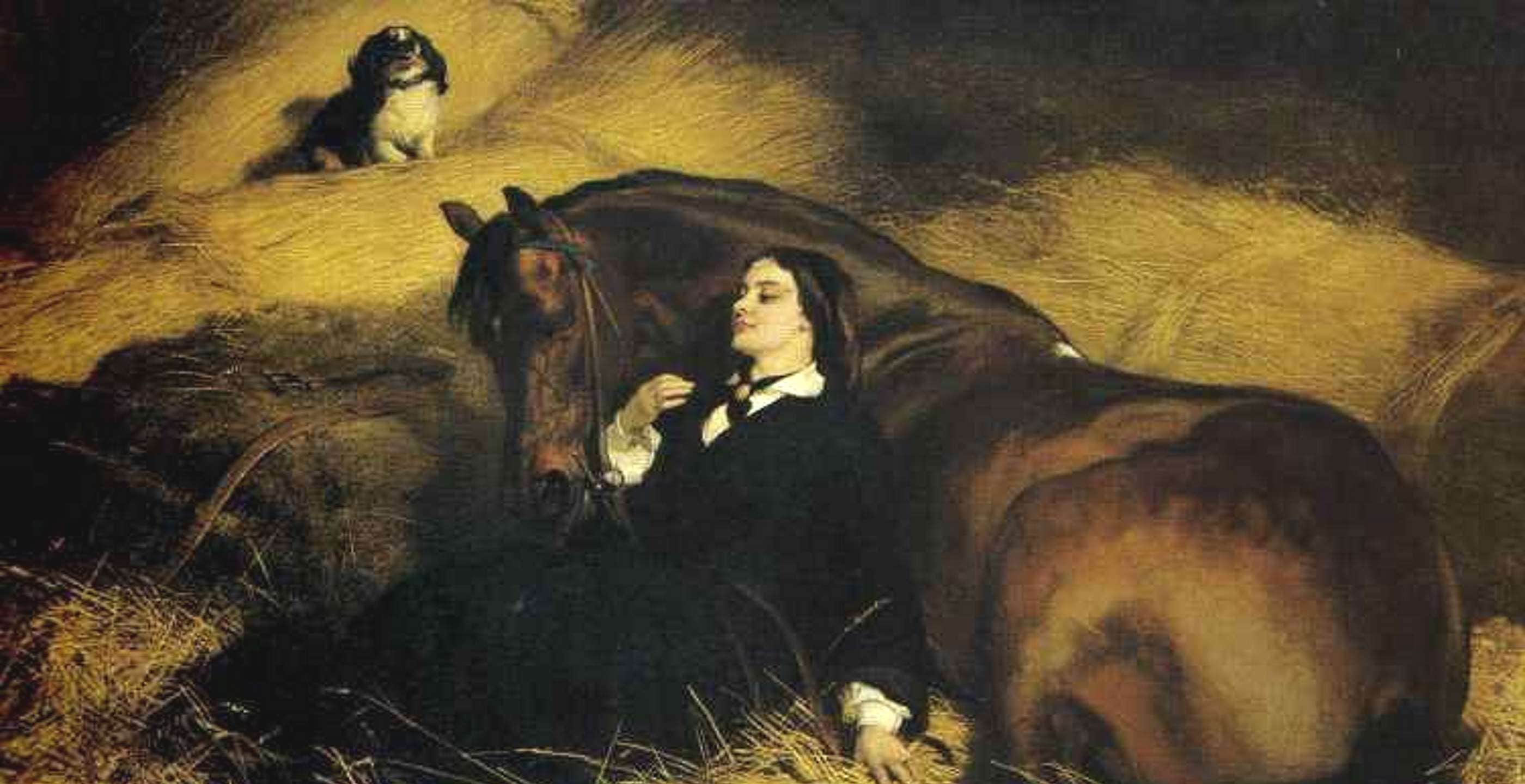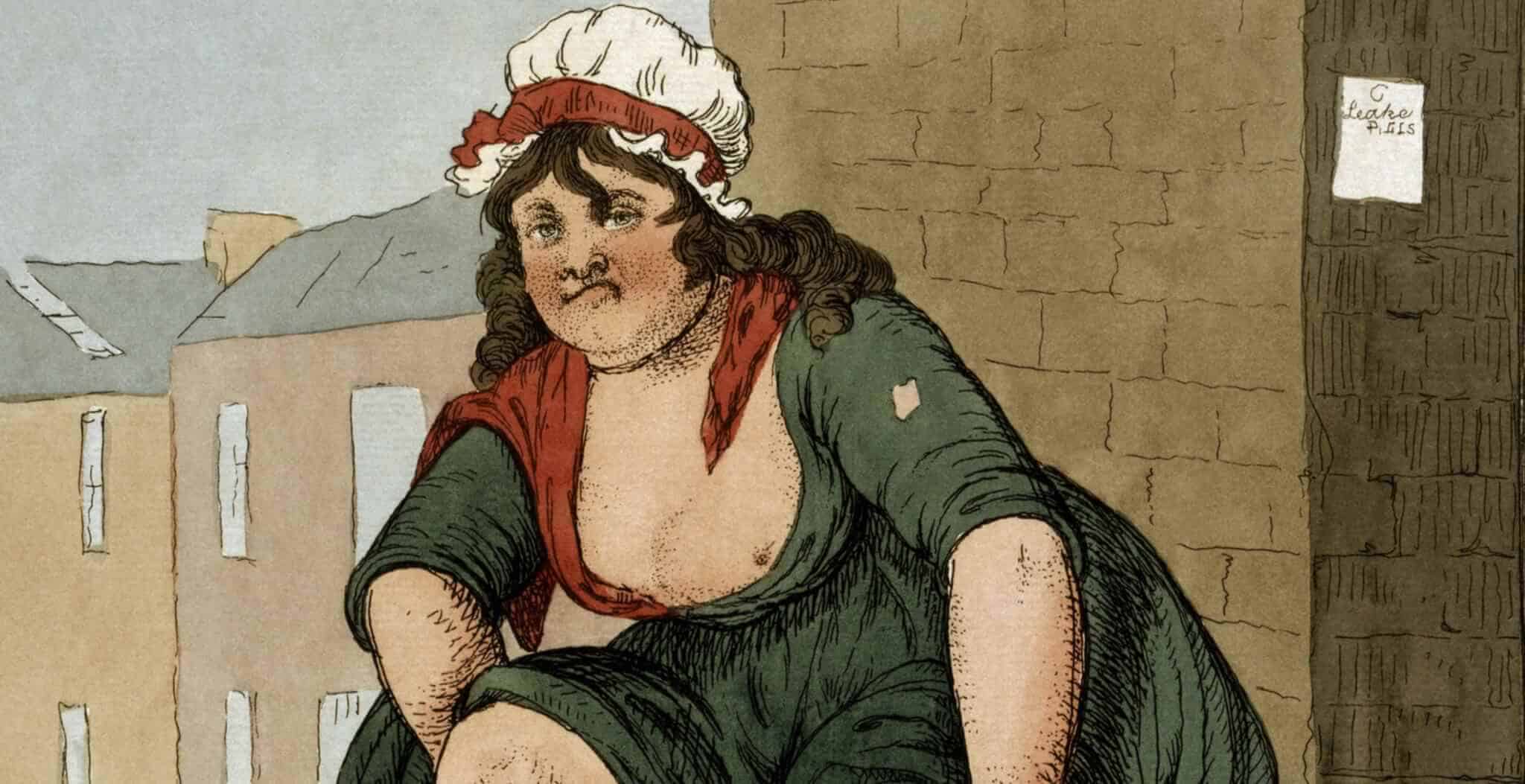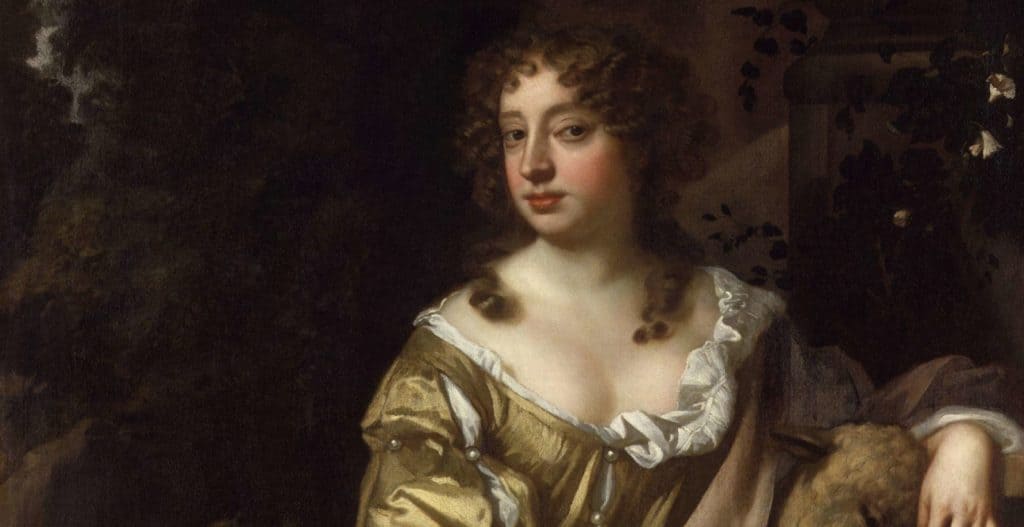To the writer and diarist John Evelyn, she was ‘the curse of the nation’. To the Bishop of Salisbury, she was ‘a woman of great beauty, enormously vivacious and ravenous; foolish but imperious’. To the Chancellor of England, she was ‘that lady’. To the King, the amoral Charles II, she was his mistress Barbara Villiers, Lady Castlemaine, feared, loathed and envied by the Court but in a dangerous age, a political survivor.
Barbara Villiers was born in 1640 into a Royalist family, her father having fought and died for Charles I, leaving the family impoverished. Following the execution of the King, the Villiers remained loyal to the exiled, penniless Stuart heir, the Prince of Wales.
At fifteen, Barbara came to London where she found the company of young Royalists, clandestinely working to restore the Stuarts. She had a string of affairs before in 1659 she married Roger Palmer, the son of a prosperous Royalist. Barbara’s mother believed marriage would tame her wild, wayward daughter.
They were an unlikely couple: Barbara, vivacious, spirited and quick to anger; Roger, quiet, pious and religious. Barbara quickly tired of marriage. She seduced the libertine young Earl of Chesterfield, who was entranced by Barbara’s alabaster skin and sensual mouth.
In 1659, Barbara and her husband went to the Hague and pledged allegiance to the future King Charles II. Within days, Barbara and Charles were lovers and following his Restoration, he spent his first night in London in bed with Barbara.
England had tired of the puritanical ways of Oliver Cromwell when theatre and music were banned. A reaction set in and libertine ways were reflected in the behaviour at court and the pursuit of pleasure.
In 1661, Barbara gave birth to a daughter, Anne, who was given the surname Fitzroy, an acknowledgement that Anne was Charles’ illegitimate daughter. To appease Roger Palmer, the King made him the Earl of Castlemaine but the ‘reward’ was for services rendered by his wife.
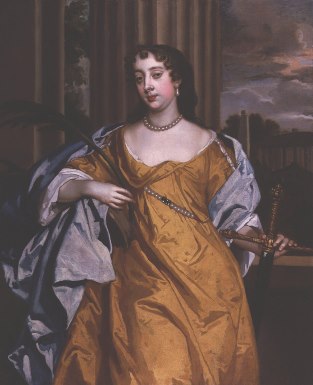
Charles made it clear that Barbara was his favourite mistress, but she could never be his wife. A marriage was arranged for Charles with Catherine of Braganza, daughter of the King of Portugal. Against Catherine’s wishes, Charles appointed Barbara one of the Queen’s ladies-of-the-bedchamber. When Barbara was presented, the new Queen fainted.
Barbara delighted in her position of influence and during these years sat for official portraits. These paintings were copied onto engravings and sold to a greedy public, making Barbara one of the most recognised women in England. She delighted in her influence, selling audiences with the King to those seeking advancement at court.
Barbara played on her beauty; she wore dresses revealing her bosom and flirted outrageously. She made sure that she flaunted her wealth; she would go to the theatre adorned with £30,000 jewels and thought nothing of losing that amount gambling. The King covered her debts.
Charles gave her the old royal palace of Nonsuch in Surrey, which she proceeded to tear down, selling off its contents. The new broadsheet newspapers eagerly reported Barbara’s exploits, actual or otherwise, and the public loved the gossip about the royal court.
In 1663 a new lady-in-waiting to the Queen was appointed, the fifteen-year-old Lady Frances Stewart. Pepys described her as ‘the prettiest girl in all the world’ and the King chased her relentlessly. One night the King went to Barbara’s bed only to find her there with Frances. Charles was besotted but Frances defended her virtue and rejected him.
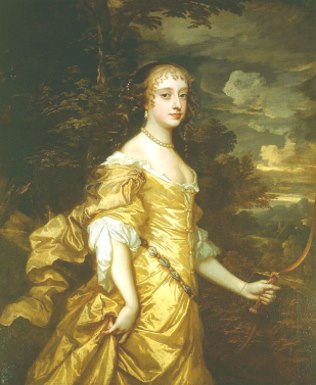
Barbara was not opposed to damaging the reputation of her younger rival. One night, she persuaded the King to surprise Frances in her bedroom, where he found ‘virtuous’ Frances naked in bed with the Duke of Richmond.
Charles took other mistresses but had a special affection for Barbara. But Barbara saw no reason to remain faithful and took a string of lovers including playwrights, circus performers and a dashing young officer, John Churchill, later Duke of Marlborough, who Charles discovered in Barbara’s bed.
There clearly was affection between King and courtesan, for Barbara bore Charles six children, five receiving the Fitzroy surname. Charles lavished her with expensive presents and as late as 1672 was visiting her bedroom four nights each week. Yet there were signs that Barbara’s influence was waning. When she fell pregnant with her sixth child by Charles, she threatened to kill the child if he denied paternity. It is a testament to the hold she had that the King grovelled, in front of the court, to beg forgiveness.
Charles began to tire of Barbara as her beauty faded and in one last gesture, made Barbara Duchess of Cleveland. He paid for lavish weddings for their children, an unpopular act which led the political diarist, John Evelyn to call Barbara ‘the curse of the nation’.
By 1685 Charles was dead. Barbara had massive gambling debts and was forced to sell her property in Cheam. She died in October 1709 of edema, known then as dropsy. She was a powerful female in an age dominated by men. Hers was a scandalous life made possible by her beauty and her charm. Barbara Villiers was the epitome of exercising power without responsibility; no royal mistress would ever again have her influence.
Michael Long is a freelance writer and historian with over thirty years experience of teaching History in schools.
